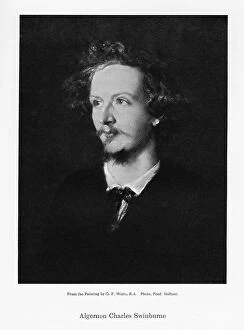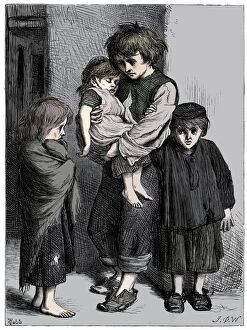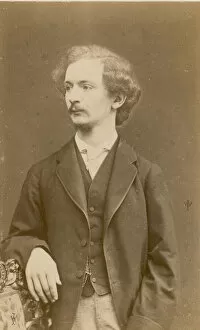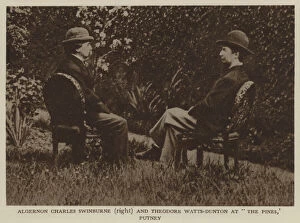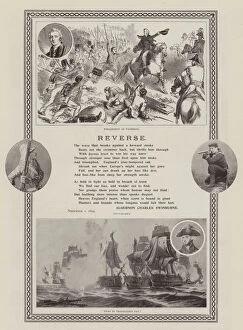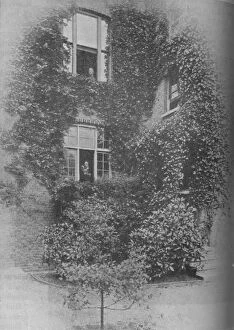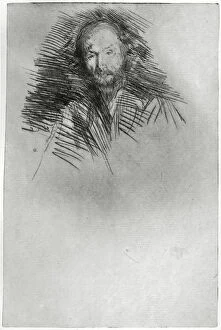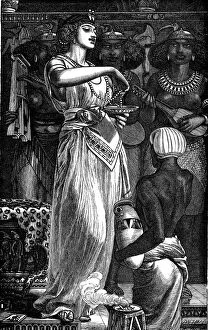Algernon Charles Swinburne Collection
Algernon Charles Swinburne, a prominent English poet and dramatist of the 19th century, is captured in various forms throughout history
For sale as Licensed Images
Choose your image, Select your licence and Download the media
Algernon Charles Swinburne, a prominent English poet and dramatist of the 19th century, is captured in various forms throughout history. In an enchanting c1867 photograph by Frederick Hollyer, we see a young Swinburne exuding both intelligence and mystery. His piercing gaze hints at the depth of his poetic soul. One of his most famous works, "The Children of the Poor (Les Enfants Pauvres), " is depicted in a poignant painting from around 1875 by T Cobb. The ragged babes that weep reflect the social injustices prevalent during Swinburne's time, showcasing his empathy for those less fortunate. In Aubrey Beardsley's striking illustration for "Atalanta I" in 1895, we witness Swinburne's influence on other artists. Beardsley captures the essence of Swinburne's sensual and decadent style with intricate details and bold lines. Photographs further reveal different aspects of this enigmatic figure. A black-and-white photo shows him alongside Theodore Watts-Dunton at "the Pines" in Putney—a place where creativity thrived between these two literary giants. Swinburne was not only celebrated but also caricatured during his lifetime. A comical lithograph titled "Swinburne on Blotting Paper" portrays him as an eccentric author—perhaps reflecting society's fascination with his unconventional lifestyle. Engravings immortalize key moments in Swinburne's life and work. One such engraving depicts him writing passionately on blotting paper—an image that encapsulates his dedication to poetry as well as his unique writing process. Throughout it all, there is no denying Algernon Charles Swinburne’s impact on literature. An engraving simply titled “Poet” captures the essence of this influential figure who pushed boundaries with themes like sexuality and religion.

